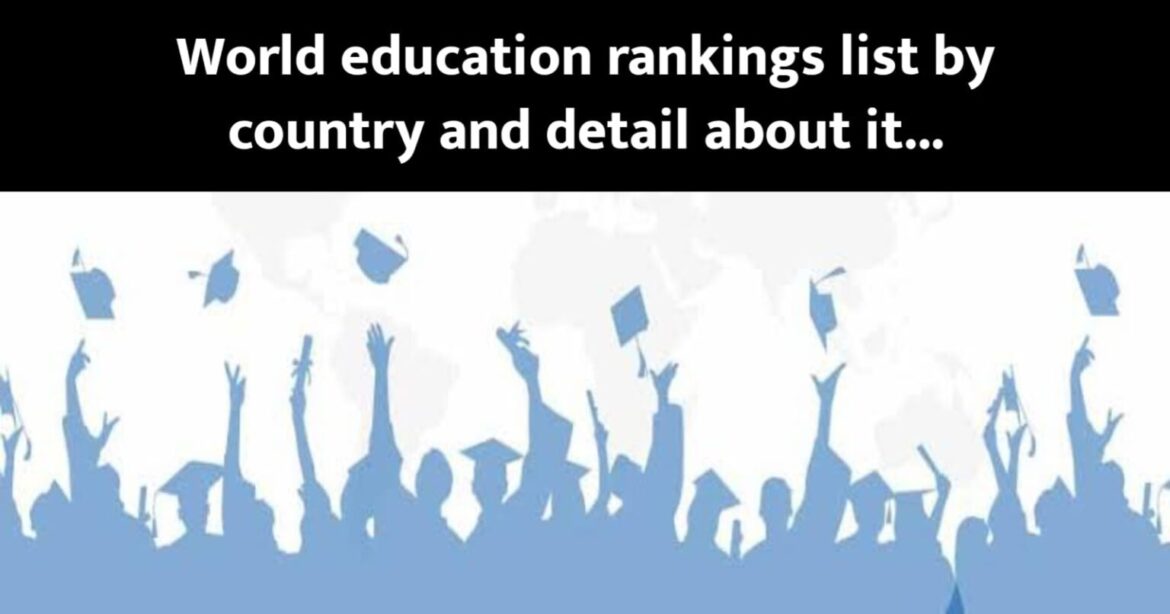Programme for International Student Assessment (PISA): PISA is conducted by the Organisation for Economic Co-operation and Development (OECD) and assesses the knowledge and skills of 15-year-old students in reading, mathematics, and science. PISA rankings provide insights into the overall performance of education systems across participating countries.
Times Higher Education (THE) World University Rankings: THE ranks universities worldwide based on several indicators, including teaching quality, research output, citations, industry income, and international outlook. While these rankings focus on higher education institutions rather than entire education systems, they offer insights into the quality and reputation of universities in different countries.
QS World University Rankings: Similar to THE, QS ranks universities globally based on academic reputation, employer reputation, faculty/student ratio, citations per faculty, international faculty ratio, and international student ratio. These rankings provide perspectives on the performance of higher education institutions worldwide.
Global Competitiveness Report (GCR): Published by the World Economic Forum (WEF), the GCR assesses the competitiveness of countries based on various factors, including the quality of education and training. While it doesn’t provide a direct ranking of education systems, it offers insights into the broader economic and social context of education.
Education for All Global Monitoring Report (GMR): Produced by UNESCO, the GMR monitors progress towards global education goals and assesses the quality, accessibility, and inclusiveness of education systems worldwide. It provides valuable insights into education policies, challenges, and achievements across different countries.
United Nations Human Development Index (HDI): The HDI ranks countries based on indicators such as life expectancy, education (measured by mean years of schooling and expected years of schooling), and per capita income. While it doesn’t focus exclusively on education, it offers a comprehensive assessment of human development outcomes.
World Bank Education Statistics: The World Bank provides data and analysis on education systems worldwide, including indicators such as school enrollment rates, literacy rates, education spending, and teacher-to-student ratios. These statistics offer insights into the overall performance and trends in education across countries.



